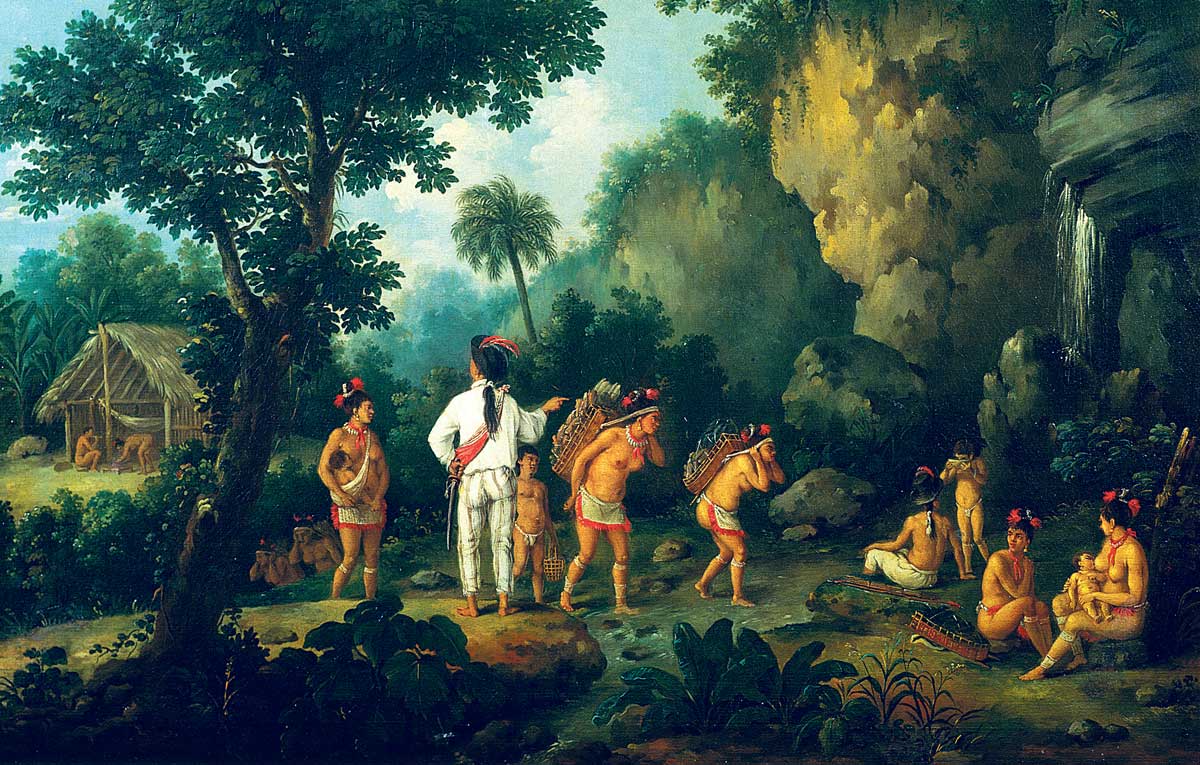Slaves and Indians | History Today - 1 minute read

In his autobiography, My Bondage and My Freedom (1855), the American abolitionist Frederick Douglass wrote:
The slave finds more of the milk of human kindness in the bosom of the savage Indian, than in the heart of his Christian master. He leaves the man of the bible, and takes refuge with the man of the tomahawk.
Douglass echoed a popular view in the 19th century and one that remains largely in place today: that Native American slaveholding was more lenient than the slavery practised by whites, as the Indigenous peoples of North America were natural allies to enslaved Africans. Native American slaveholding was in fact an institution with a long history, yet was rarely as compassionate as Douglass thought.
The role of Native Americans in the history of North American slavery is beginning to be properly quantified. This does not only mean highlighting the large numbers of Indigenous people that were taken as slaves in North America, but also exposing the many ways in which Native Americans were active participants in the economy of slavery and slaveholding. Europeans did not introduce slavery to the New World, but settler colonialism changed the emphasis, scale and characteristics of the practice.